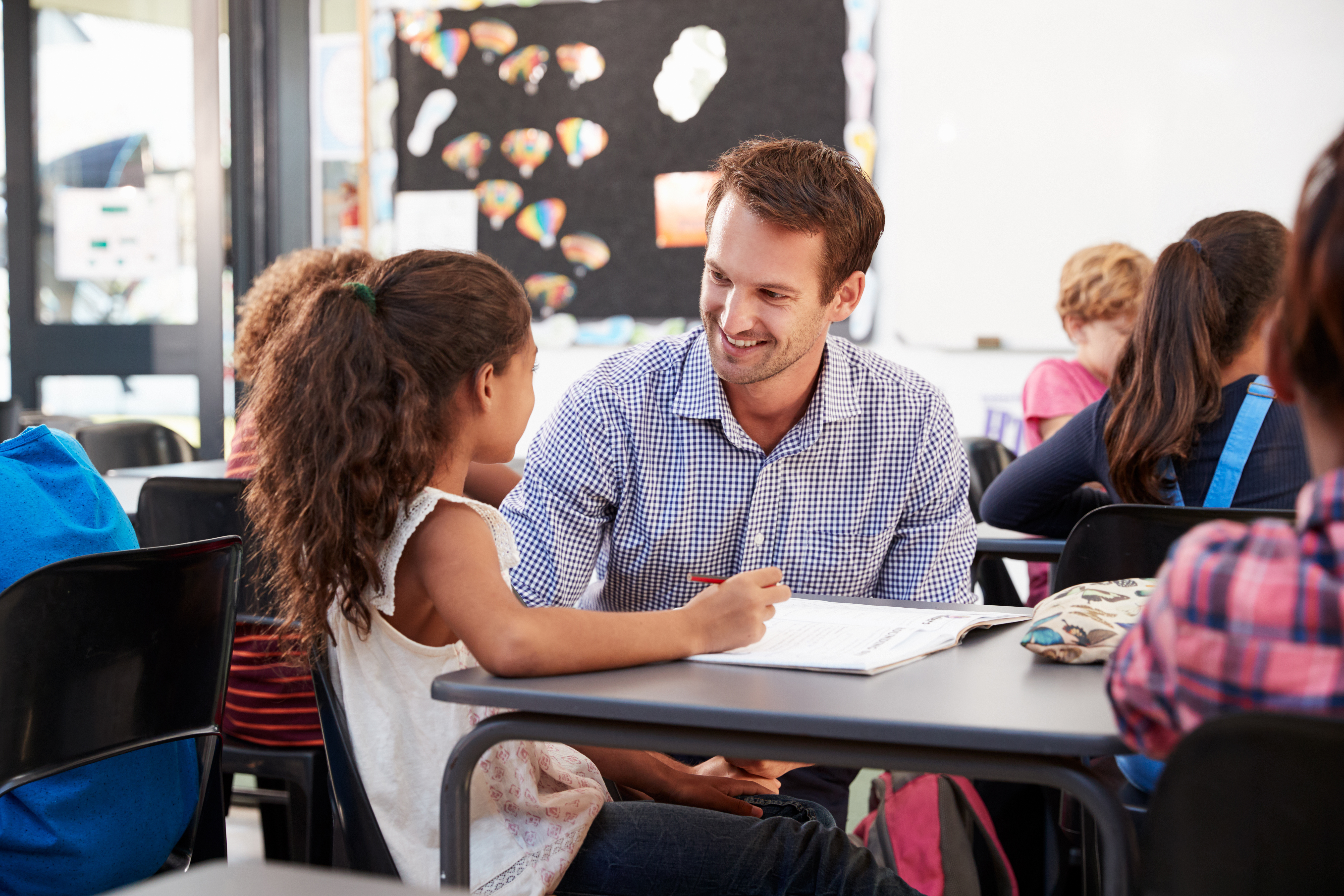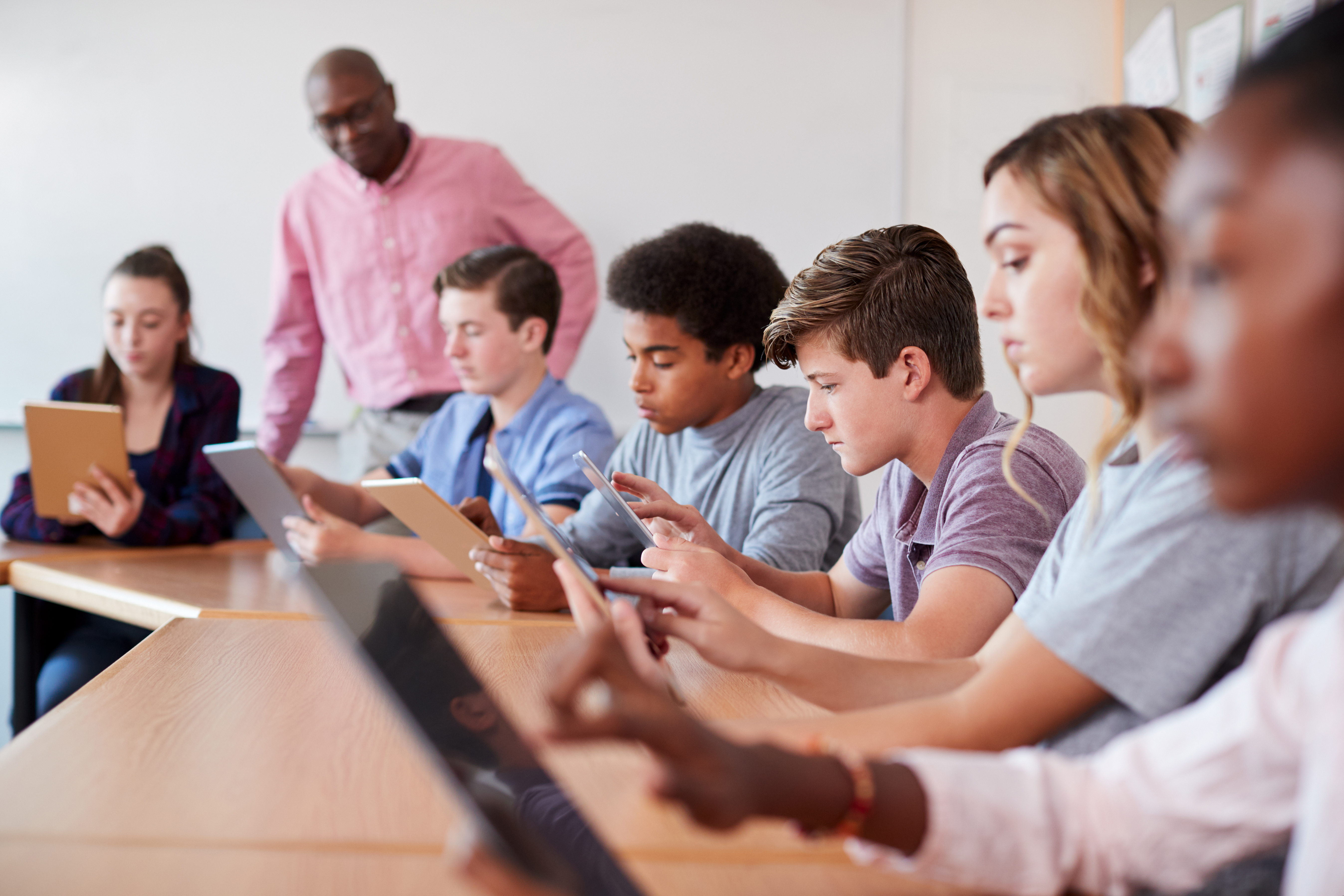Improving student behavior is a critical aspect of fostering a positive and productive learning environment. Effective behavior management strategies not only help maintain order but also promote a culture of respect, responsibility, and engagement in the classroom. Here are several proven strategies that educators can use to improve student behavior.
1. Set Clear Expectations and Consistent Routines
One of the most effective ways to improve behavior is by establishing clear rules and expectations. Students thrive when they know what is expected of them. Clearly communicate classroom norms, such as raising hands to speak or respecting personal space, and reinforce them consistently. Having a predictable daily routine also helps students feel secure and reduces anxiety, which can lead to behavioral issues.
2. Use Positive Reinforcement
Recognizing and rewarding positive behavior encourages students to repeat desirable actions. Praise, small rewards, or privilege-based incentives for exhibiting good behavior can motivate students to maintain discipline. The key is to be specific with the praise so that students understand exactly what behaviors are being rewarded.
3. Implement Restorative Practices
Restorative practices focus on building relationships and resolving conflicts in a constructive manner. When students misbehave, it's essential to address the behavior while also considering the underlying causes. Engaging students in restorative circles or one-on-one discussions can help them understand the impact of their actions on others and take responsibility for their behavior.
4. Foster Emotional Regulation Skills
Teaching students emotional intelligence and coping strategies is crucial for preventing disruptive behavior. Encouraging practices such as mindfulness, deep breathing exercises, and self-reflection can help students manage stress, frustration, and anger, leading to more appropriate classroom conduct.
5. Provide Engaging and Differentiated Instruction
Students are more likely to engage in positive behavior when they are actively involved in learning. Offering engaging, challenging, and differentiated instruction that meets students' individual needs can reduce boredom and frustration, which are common triggers for disruptive behavior.
By combining these strategies, educators can create an environment where students feel supported, respected, and motivated to succeed.




Post a Comment